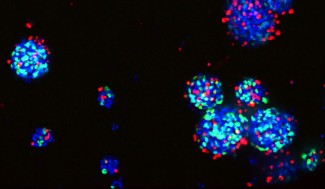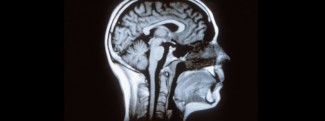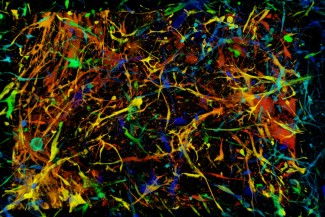Meningiomas are the most common tumors of the central nervous system in adults over the age of 35. They occur more frequently between the ages of 60 and 70 and mainly affect women.
Meningiomas develop in the meninges, the three membranes surrounding the brain and spinal cord, and are benign in 80% of cases. However, even in the most benign cases, meningiomas can compress certain areas of the brain and cause headaches, personality changes, balance problems, or epileptic seizures. They therefore represent a therapeutic problem that should not be overlooked.
What are the Symptoms of a Meningioma?
Depending on the location of the tumors, the symptoms vary:
- In the parietal lobe: sensory, walking, vision, and hearing problems
- In the frontal lobe: memory, attention, behavioral, and language problems, motor deficits
- In the temporal lobe: memory, eating, social, and sexual problems
- In the cerebellum: impaired balance, coordination, and precision of movements
- In the brain stem: respiratory and cardiac problems.
Various symptoms are also associated with the type of compression exerted by the tumor on the brain:
- Epileptic seizures,
- Nausea, vomiting
- Frequent, intense headaches
15% to 20% of meningiomas are grade II with a risk of recurrence, and 1% to 3% are grade III, which makes them malignant tumors. Often detected at a late stage, grade II and III meningiomas affect 150 people per year in France. Although these patients are few in number, they are at a therapeutic impasse with a significant risk of neurological disability.
At Paris Brain Institute
At Paris Brain Institute, Matthieu Peyre and his colleagues have shown for the first time that oncogenic mutations – mutations that cause tumors – occur naturally in the meninges of healthy individuals. By sequencing the DNA of each cell, their study detected genetic mutations at a very low frequency in healthy control meninges. The results show that the vast majority of study participants carry a mutation in the meningeal tissue. Share your experience mainly in the NF2 or TRAF7 genes in certain areas of the meninges, either at the base of the skull or at the top of the brain. These two genes are the most frequently mutated in benign and malignant meningiomas. Ultimately, accurate mapping of cell types at risk in these regions could help identify the “original mutated cell” and thus open up new therapeutic avenues, particularly targeting the NF2 and TRAF7 genes.








